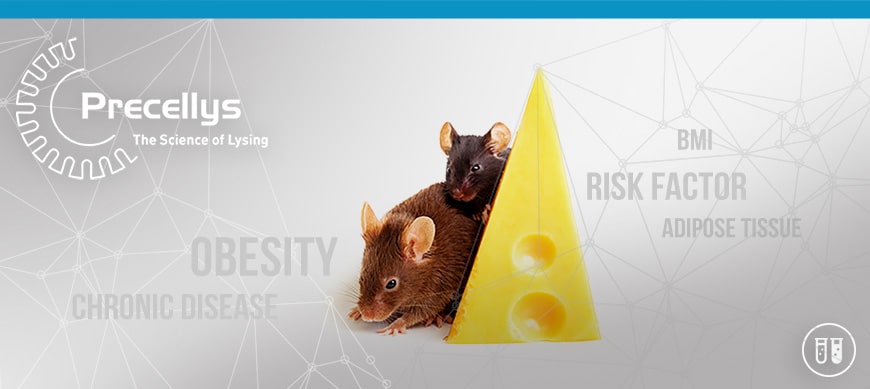Worldwide obesity is a growing health problem, linked with an increased risk of associated chronic disease. Today, the World Health Organization is even speaking “about – globesity – and if immediate action is not taken, millions will suffer from an array of serious health disorders”.
As the general public and international authorities slowly start to sound the alarm, scientists have been working on obesity for many years. One of the main challenges is to find biological processes associated with obesity to better understand the underlying process and find the best counter measures or even develop novel therapeutics.
MicroRNAs (miRNAs), small non-coding RNAs, appear to play regulatory gene expression roles in many of these processes associated with obesity [1]. Several publications show the perturbation of the expression of both protein-coding genes and miRNAs, which are seen in obesity-relevant tissues such as adipose tissue and liver in obese individuals.
No matter what kind of tissue is analyzed, most traditional RNA isolation methods are not efficient enough for recovering these smaller RNAs, while the use of bead beating homogenizers improve the yield of extracted molecules. Download the Precellys Application Note: Micro RNA and total RNA purification from liver tissue >>
Precellys, the bead beating gold standard for sample disruption is used to grind tissue such as liver [4] [2] in several studies related to miRNA isolation. Complete tissue homogenization is needed to extract high quality RNA for further downstream processing such as qPCR [3]. The Precellys Evolution homogenizer combined with dedicated lysing kits, is the best partner to save time and improve the efficiency of sample preparation protocols.
For DNA, RNA or proteins, Precellys homogenizers can efficiently grind any sample type while maintaining reproducibility among biological replicates and eliminate cross-contamination. This instrument is frequently used on research protocols, ensuring a fast and efficient sample disruption process.
[1] Targeting microRNAs in obesity [2] Comparative analysis of hepatic miRNA levels in male marathon mice reveals a link between obesity and endurance exercise capacities [3] An Exercise-Only Intervention in Obese Fathers Restores Glucose and Insulin Regulation in Conjunction with the Rescue of Pancreatic Islet Cell Morphology and MicroRNA Expression in Male Offspring [4] The over-expression of miR-200a in the hypothalamus of ob/ob mice is linked to leptin and insulin signaling impairment

